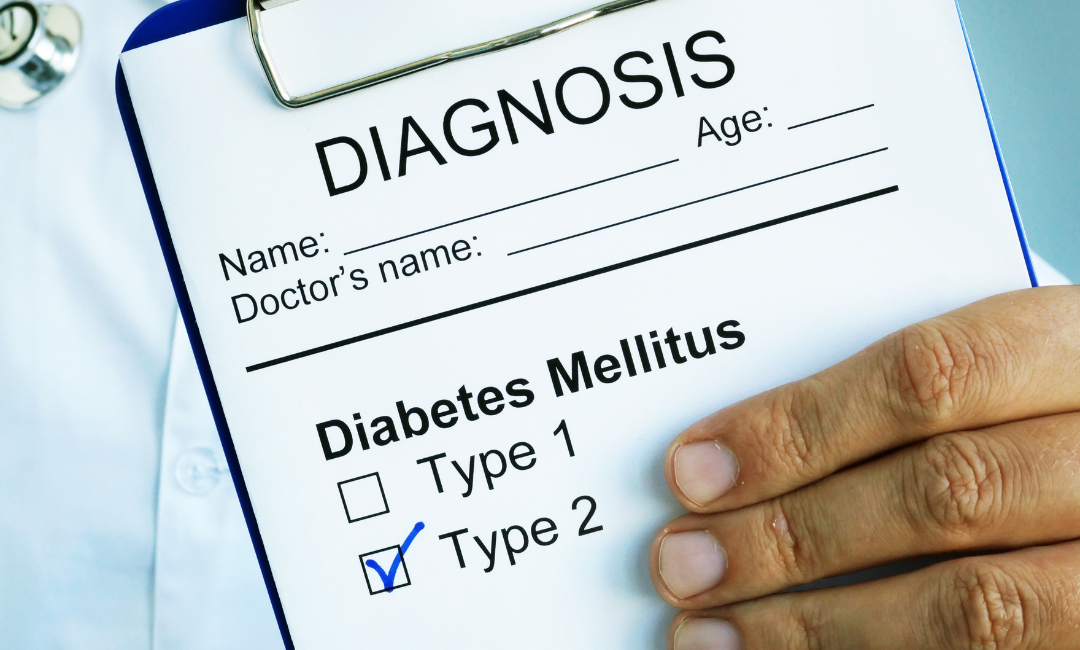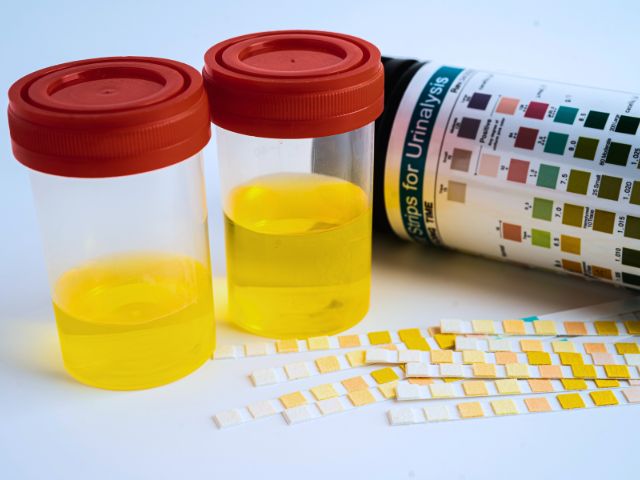Vancomycin is a tricyclic glycopeptide antibiotic whose use has become more common after the emergence of methicillin-resistant staph aureus which has led to the emergence of vancomycin-resistant enterococci. Due to this, vancomycin should be used sensibly, only when the culture and sensitivity tests indicate its use. Otherwise, more and more resistant strains will emerge, making it even more difficult to treat the infection.
As a nurse, you should not confuse vancomycin with clindamycin, gentamicin, tobramycin, or vibramycin.
Vancomycin is absorbed poorly from the gastrointestinal tract; therefore, it is given intravenously to treat systemic infections. It is only used orally to treat pseudomembranous colitis. It is important to keep in mind that oral vancomycin cannot be used for the systemic one and vice versa. Both forms are separate and are not interchangeable.
Vancomycin is widely distributed in the body except for the cerebrospinal fluid. Its protein binding is 10 – 50% and primarily excreted unchanged in the urine and not removed by hemodialysis. The half-life of vancomycin is 4 to 11 hours, which can be increased in renal impairment.
Vancomycin diffuses well into the pericardial, pleural, synovial, and ascitic fluid. The metabolism of vancomycin is unknown. Around 85% of the dose is excreted unchanged in the urine within 24 hours, and a small fraction may be eliminated through the liver and biliary tract.
Vancomycin exerts bactericidal actions by binding to the bacterial cell walls, altering cell membrane permeability, and inhibiting RNA synthesis. When the bacterial cell wall gets damaged, the body can attack the organism through its natural defense mechanism.









